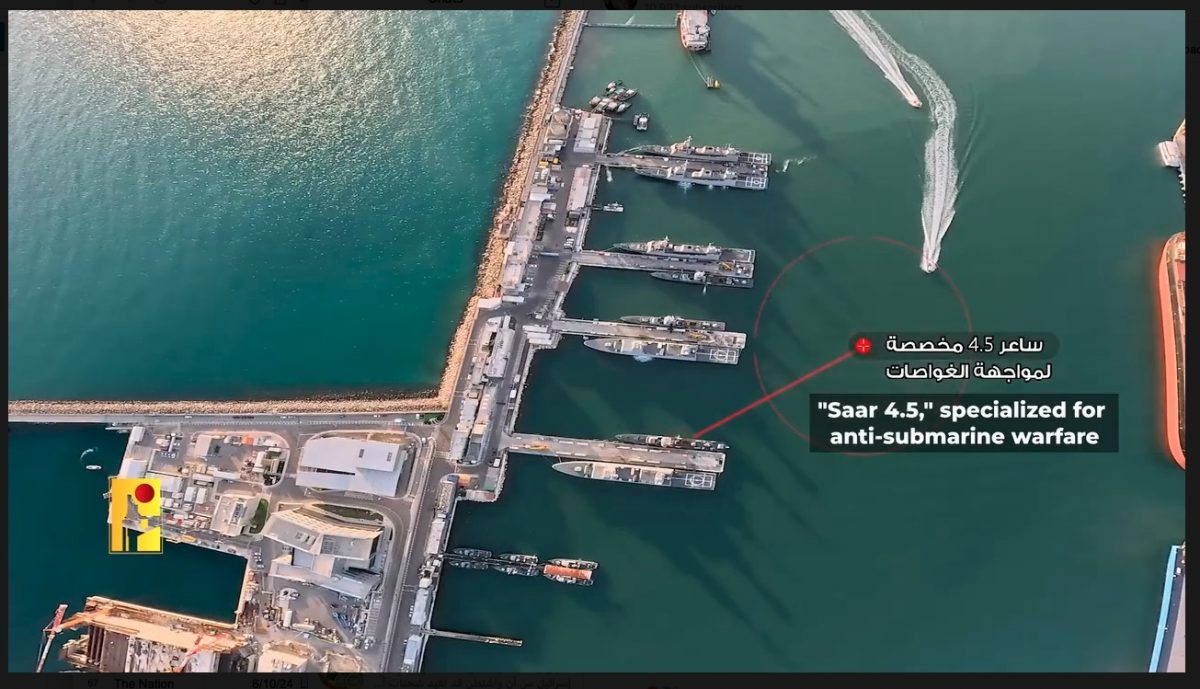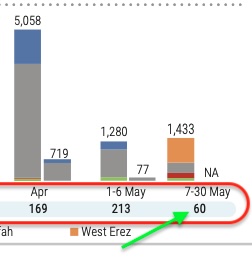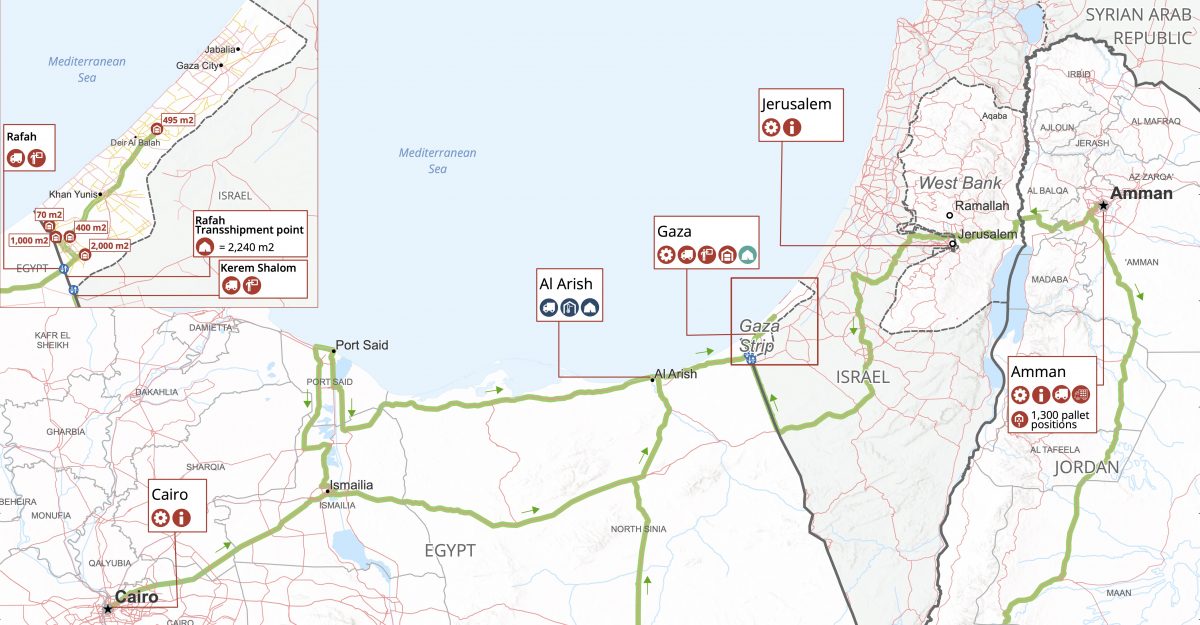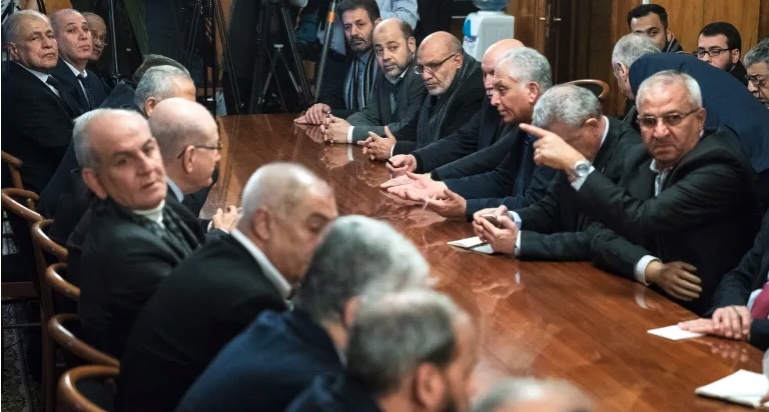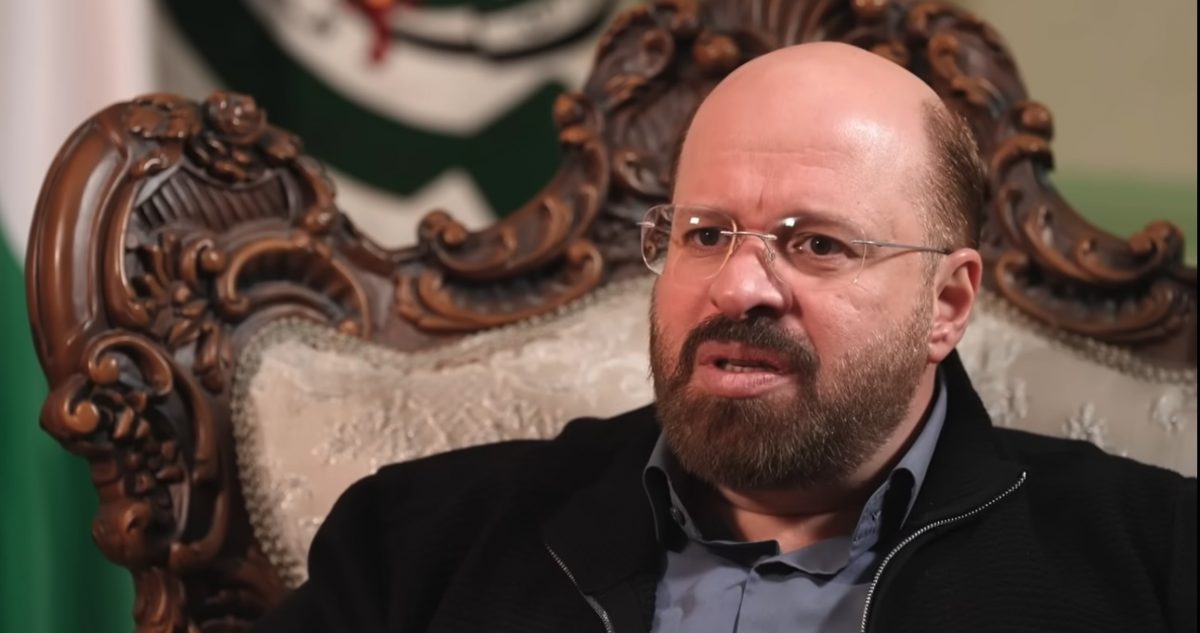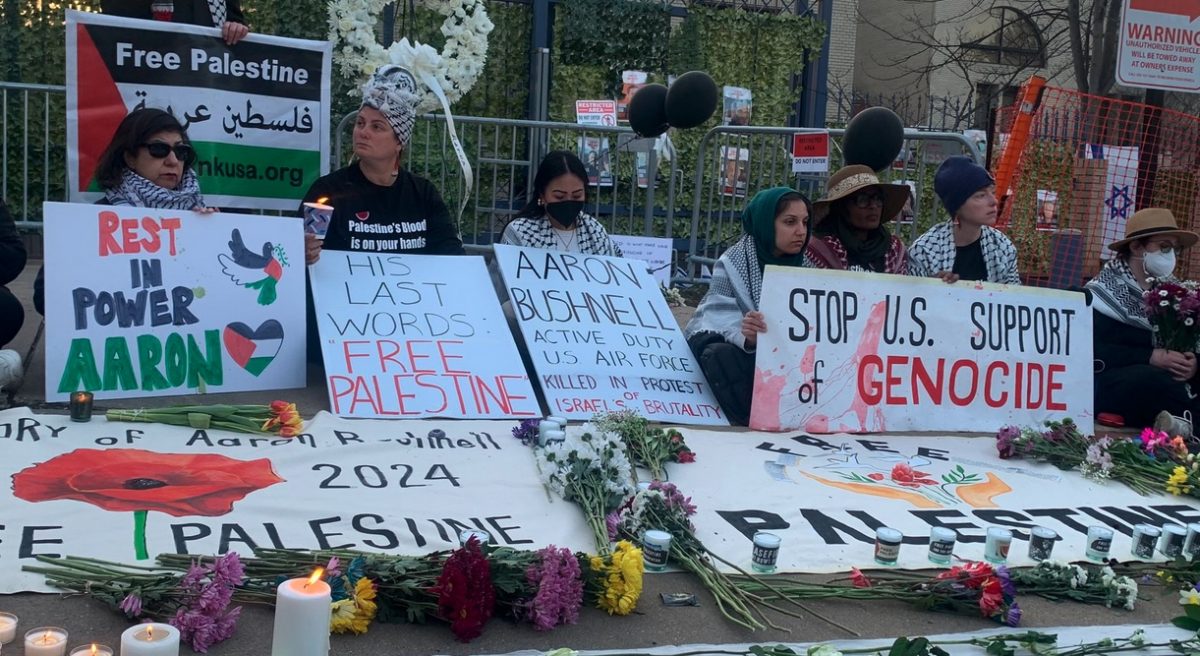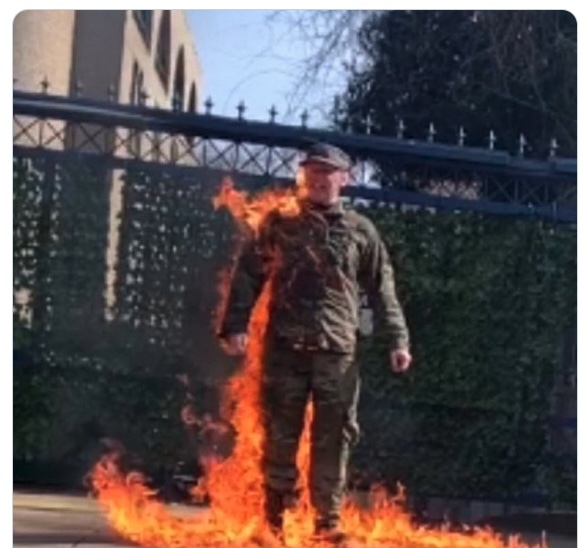The image above is a still from footage a Hizbullah drone recently shot of a key Israeli naval base in Haifa
Today, nearly nine months into Israel’s genocidal war in Gaza, the evidence is mounting that the country’s political-military leadership is on a path to serious defeat not only in Gaza but also more broadly in its decades-long contest against West Asia’s Iran-led “Axis of Resistance.” This fact is only just starting to receive some glimmers of recognition in the corporate media in the West. (Interestingly, one of the few to give it any public acknowledgment at all has been lifelong Zionist apologist Tom Friedman, who did so in some key portions of this June 18 column. Most of the other Zionist apologists who are deeply embedded in the US elite are still publicly spinning fairy tales of “an imminent defeat for Hamas.”)
The defeat towards which the Israeli leadership is currently hurtling is, as I noted, not only in Gaza, where numerous, apparently well-coordinated, cells of armed resisters have been making smart use of the rubble to which the Israeli military has reduced most of the Strip’s buildings, as well as their own tunnels, to launch well-prepared and often lethal attacks on Israel’s tanks, APCs, and snipers across the length and breadth of the Strip… and where Israel’s grotesquely genocidal attacks and other policies have notably failed to turn the population against Hamas. (Find more on the evidence for that key political fact, below.) But this defeat looms also in the ever-tense, but until now somewhat controlled, confrontation Israeli forces have been engaged in in the North, against Hizbullah fighters who are considerably more lethally armed than the Hamas fighters of Gaza and who have continued to upgrade their capabilities almost continuously in the 18 years since they last inflicted a decisive defeat on Israel’s military, in summer 2006.
Continue reading “Israel’s path to defeat: The implications”
